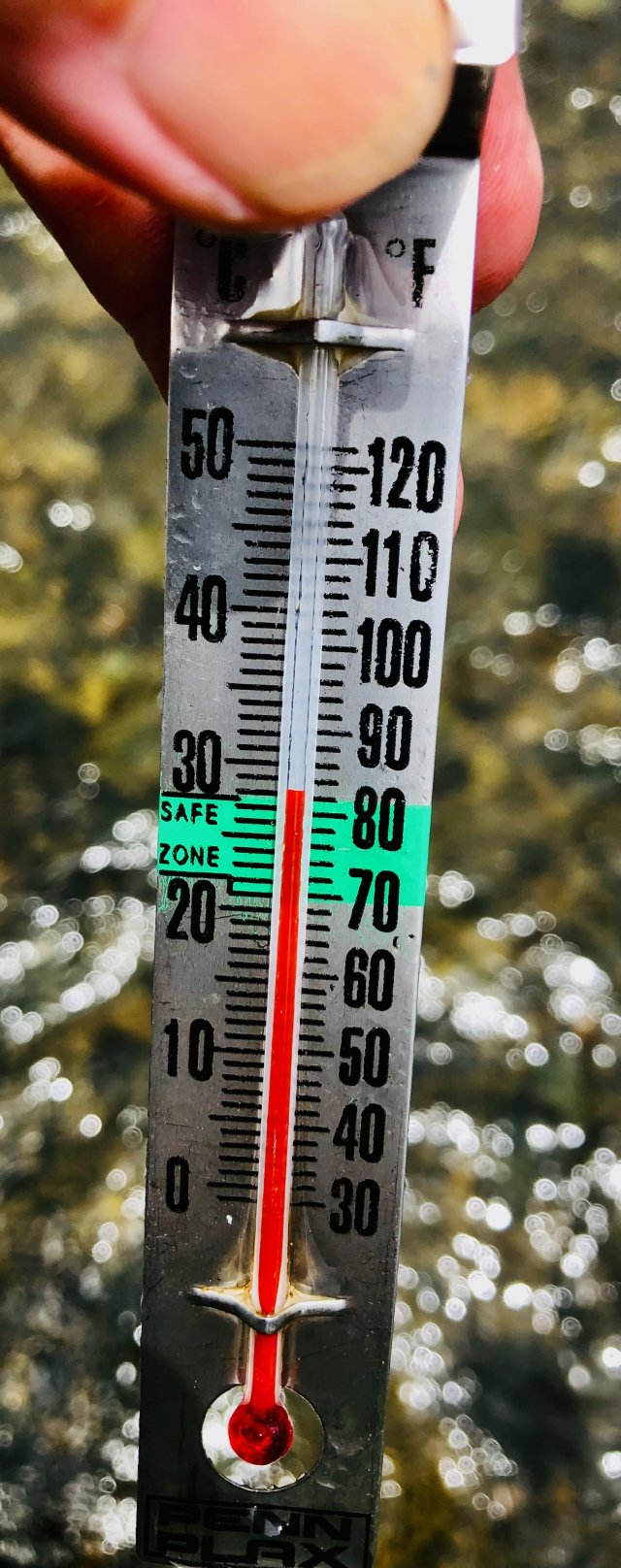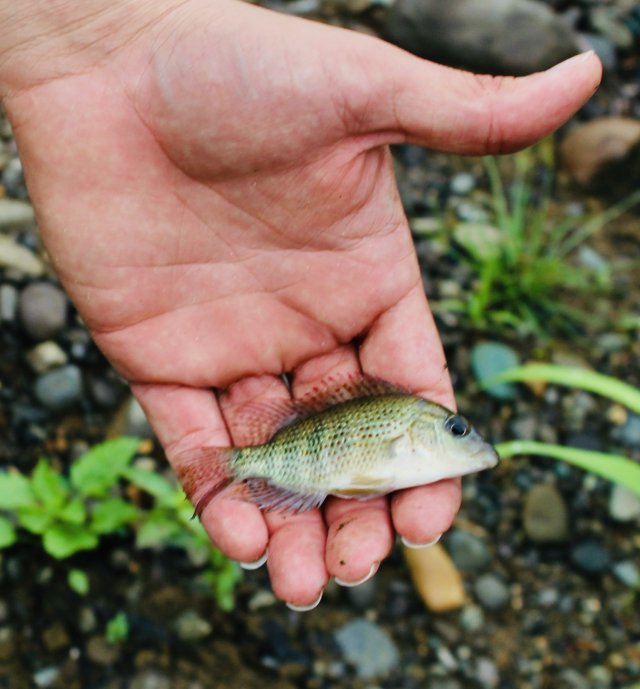The oxygen content in even slow flow waters in Canada, or the northern US, in places like the cool (50"F) waters of Lake Michigan, is usually saturated at over 10 ppm DO.
In the tropics in waters that are at, or close to 80"F where I collect, and be only half that amount of DO.

And seeing that we as aquarists have closed systems, without access to wild type parasites (except when fish aren't QTed),
why are there are so many posts in the disease section? Is it Satan?
My take is that aquarists don't really provide the right, or real conditions fish have eveloved to need,
Whether that be lack or flow, or nutrient over load etc etc, yaa yada.
Below is a typical flow of rivers where I collect, is this a typical aquarist tank flow rate?
soon after the video was taken, this species was caught in its waters

among others a number of gobies, plecos, and loads of tetras were netted., in that same flow
Does this mean all these fish require the water flow of the video above, maybe not severums or angelfish, but geophagine, or Tomocicla,
I believe too many aquarists are half stepping compared to natural flow reality.
And add to that, the competition that high acceptable nitrate concentrations do to abilty to take in dissolved oxygen, its no wonder the disease section is filled with "mysterious" ailments.




